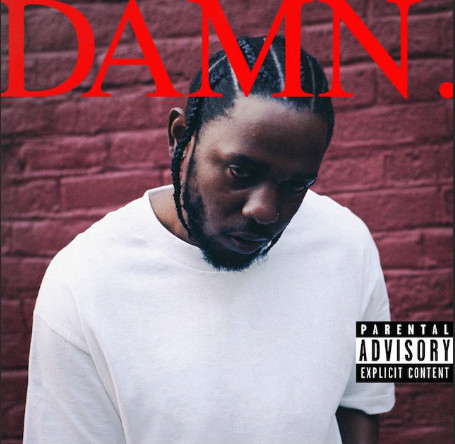After class a few weeks ago and the many discussions that were had about power and commodification, I began to think about how these concepts could be related back to texts that were involved in the course thus far. I thought about the poems that were read and the song that we listened to, and the discussion that happened in my small group. The definition that Dr. McCoy provided us is that commodification is, “the transformation of relationships, believed to be untainted by commerce, into commercial relationships, relationships of buying and selling”. In my small group, this was related back to the idea of gentrification, defined by Merriam Webster as, “the process of repairing and rebuilding homes and businesses in a deteriorating area (such as an urban neighborhood) accompanied by an influx of middle-class or affluent people and that often results in the displacement of earlier, usually poorer residents” and how in major cities such as New York City this is becoming more prevalent. Different communities, such as the lower class black and the upper-class white that have been known to not get along are now having even more strains put on their relationship due the upper-class coming into the neighborhoods and possibly removing the residents or making it impossible for the residents to afford living here by doing things such as raising the rent. Sarah brought up a great example of how the upper-class is coming in and buying property and opening coffee shops, yoga studios, etc. that does not take into account the needs or wants of the neighborhood.
When pondering on the example that was given during class, I went back and took a look at the poem by Jayne Cortez, ‘How Long Has Trane Been Gone’ from 1969. I found that the lines, “You takin- they givin/ You livin- they/ creatin starving dying/ trying to make a better tomorrow” truly related to the idea of gentrification. With the “you” being the white upper-class and the “they” being the black lower class. There could be much discussion as to whether or not gentrification is beneficial to the revival of suffering communities. I think it is safe to say (although I hate to make assumptions on her part) that Cortez would not be a fan of the idea. She would most likely say that the upper-class is not worrying about the needs of the lower class and that they are simply doing it for self-benefit, going back to the line “You takin- they givin”.

